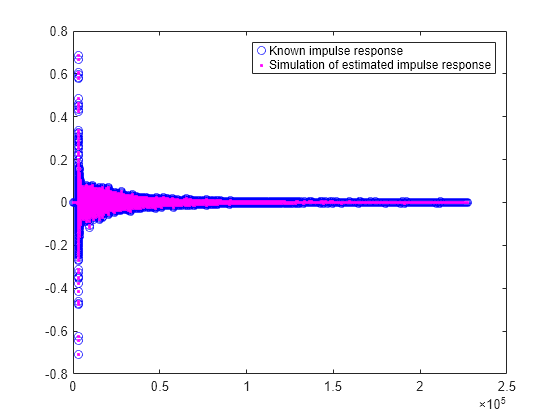mls
Maximum length sequence
Description
excitation = mls
excitation = mls(L)L of the excitation signal.
excitation = mls(L,Name,Value)Name,Value pair arguments, in
addition to the input arguments in the previous syntaxes.
Examples
Input Arguments
Name-Value Arguments
Output Arguments
References
[1] Guy-Bart, Stan, Jean-Jacques Embrechts, and Dominique Archambeau. "Comparison of Different Impulse Response Measurement Techniques." Journal of Audio Engineering Society. Vol. 50, Issue 4, 2002, pp. 246–262.
Extended Capabilities
Version History
Introduced in R2018b




